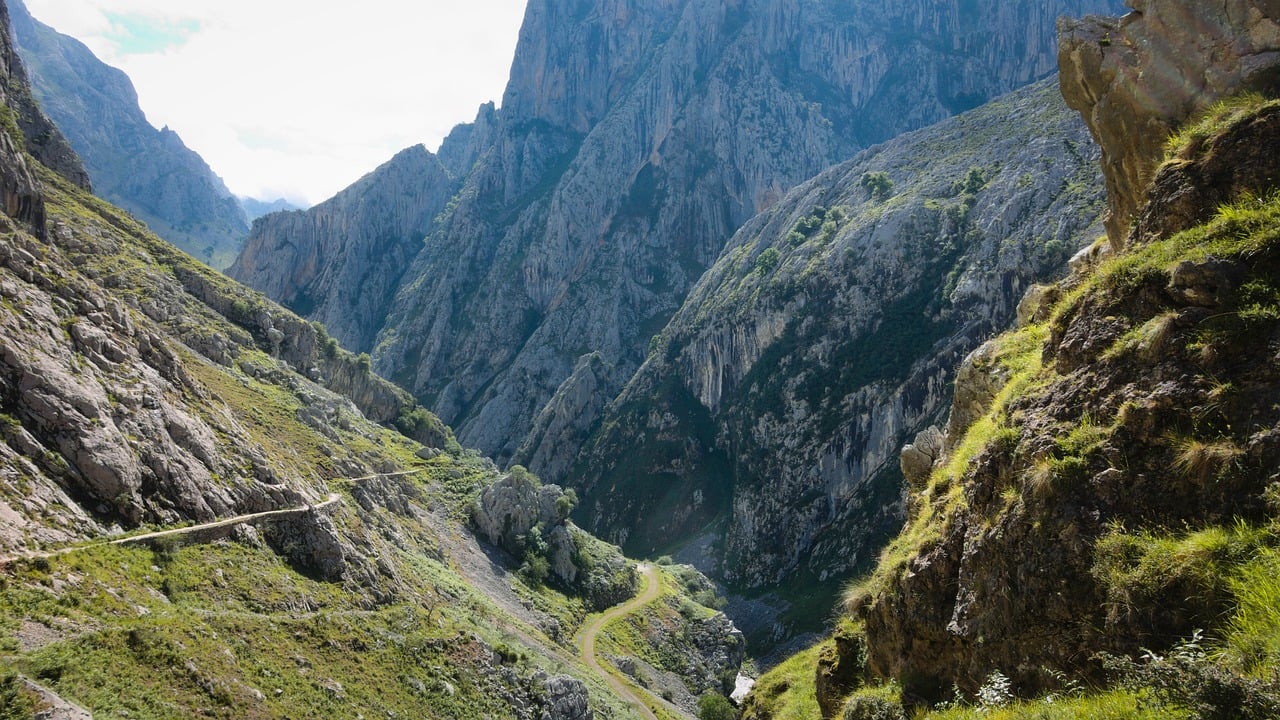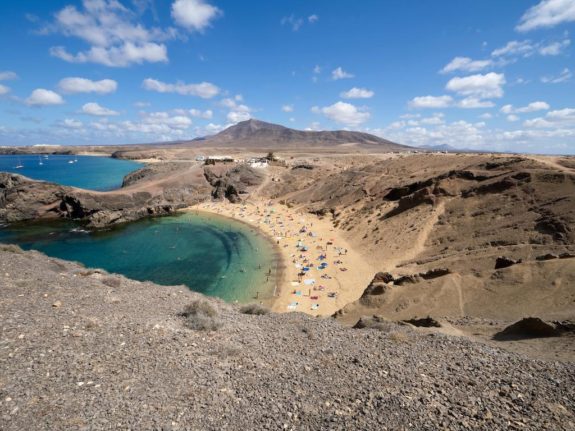Many of the festivities on Asturias Day centre around the coastal city of Gijón. On this day, all the mayors from different towns around the region gather in Gijón and locals come dressed in traditional costumes to parade through the city.
Located on Spain’s northern coast, hemmed in between Cantabria to the East and Galicia to the West, Asturias is one of the country’s smallest regions and is often overlooked, but it definitely has a strong sense of identity and many reasons for visiting.
Situated in the area known as ‘Green Spain’, it’s a lush and verdant region, famed for its apples, cider, dairy produce, nature, and elegant architecture.
The most remote location on the planet can be found in Asturias
OK, so this remote location may not be situated on the land, but it lies deep under the sea and is known as the Avilés Canyon. At 4,750 metres deep, it is considered to be the deepest underwater valley in the world. It is said that more is known about the moon than about the Avilés Canyon.
Thirty percent of the region is protected
A natural paradise, almost 30 percent of Asturias is protected, which is well above the national average. It’s home to five natural parks and five biosphere reserves, as well as the largest oak forest in Spain. Some of these include Fuentes del Narcea and Ibias, Peña Ubiña-La Mesa, the Picos de Europa National Park, Eo River and Terras de Burón.

Many movies have been shot here
Because of its natural beauty, Asturias has been used as a filming location for many different movies. Some of the best-known films that have been shot here include Woody Allen’s Vicky Cristina Barcelona, The Orphanage, Oviedo Express, and Rowing with the Wind, starring Hugh Grant and Elizabeth Hurley. Asturias has also appeared in several Spanish series, including such as Don Matteo, in which a Catholic priest investigates local crimes.
The largest gold deposit of gold in Europe is located in Asturias
The largest unexploited gold deposit in all of Western Europe was found in Asturias. Approximately two million ounces of gold are said to be located in the subsoil of Salave, located in the area of Tapia de Casariego, which borders Galicia. There’s even a gold route that visitors can follow from Navelgas towards Luarca.

It is one of the most diverse cheese regions in Europe
Cheese fans are in luck if they choose to visit the region as there is no other region in Europe of the same size that has such a wide variety of cheeses as Asturias. More than 40 different types of cheese are made in Asturias, including Cabrales, Gamonedo, Afuega’l Pitu, Los Beyos and Casín, which all have designation of origin protection endorsed by the European Union. Asturias is also known for its other excellent dairy products including milk and yoghurt.
It could be said that the Camino de Santiago actually started in Asturias
According to the history books, the first pilgrim to travel the route to Santiago de Compostela was King Alfonso II of Asturias. He travelled all the way from the capital Oviedo to see for himself if the tomb of the Apostle Santiago had been discovered. This became known as the Camino Primitivo, which is very similar to the original route of the Camino de Santiago, whose origin dates back to the 9th century.

It’s the most mountainous region in Spain
The highest mountain in Spain may be Teide, found on the Canary Island of Tenerife, but the region with the most mountains and the most undulating landscapes is in fact, Asturias. This is partly due to the spectacular Picos de Europa mountain range that runs through it. According to a geographical study, Guipuzcoa in the Basque Country is the next mountainous, followed by Tenerife.
The University of Oviedo once sentenced dolphins
It is said that in a small coastal town of Asturias, the locals became enraged because the dolphins were eating all the fish and were even destroying the fishermen’s nets, so they couldn’t catch any for themselves. The people and the fishermen became so angry that they took their plight to the University of Oviedo. The professors decided that a trial should take place and in the end, the dolphins were found guilty and issued with a sentence. The local fishermen went out to sea to read the dolphins their sentence and it is said that from that day forward the dolphins no longer bothered the locals and went to find their fish elsewhere.



 Please whitelist us to continue reading.
Please whitelist us to continue reading.
Member comments